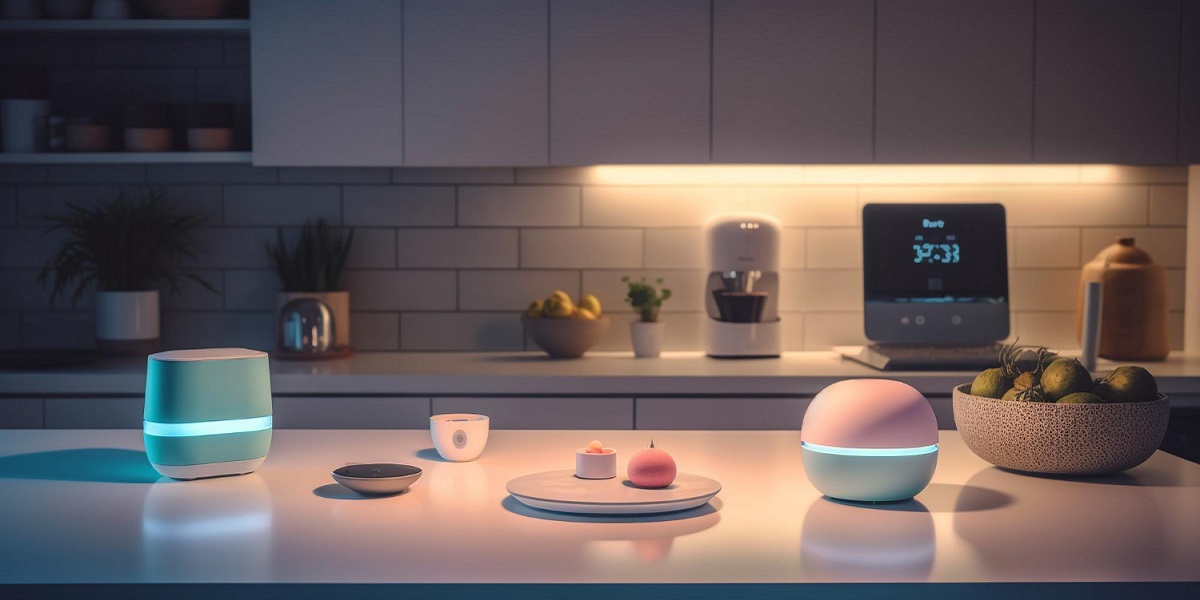.png)
Embrace the Future Manual and AI Testing Strategies for Next Gen Applications
- By Kanika Vatsyayan
- 16-04-2024
- Artificial Intelligence
The development and deployment of next-generation applications demand a proactive approach to software quality assurance. As technological innovation accelerates, maintaining impeccable software standards is more vital—and more challenging—than ever.
To deliver the seamless and engaging user experiences customers expect, businesses must prioritize comprehensive testing strategies. This is where a strategic blend of manual testing services and AI testing solutions holds immense power.
The numbers speak for themselves. Statista reveals that the global AI software market is projected to reach around 126 billion U.S. dollars by 2025, highlighting the rapid rise of AI in the software world. Additionally, ResearchAndMarkets reports impressive growth in the global test automation market, expected to reach $55.2 billion by 2028, with AI-driven solutions playing a major role.
Yet, it's crucial to remember that AI doesn't eliminate the need for a skilled manual testing company. The most effective approach lies in the integration of manual software testing services with cutting-edge AI testing solutions.
The Dawn of AI-Powered Testing
With the rise of big data and sophisticated machine learning algorithms, AI testing solutions are poised to transform the world of software testing. Here's how AI is enhancing the testing landscape:
- Speed and Efficiency: AI-powered testing systems can run a large number of test cases at incredible rates. This faster testing approach allows human testers to focus on more complicated situations while decreasing the total time to market for new software releases.
- Predictive Analysis: AI systems have the ability to examine large databases of test results. They can detect trends and forecast probable failure sites that would not be obvious during traditional testing, allowing firms to take preventive steps.
- Self-Healing Automation: AI-powered technologies are developing self-healing automation capabilities. These intelligent systems can detect changes in an application's codebase and automatically alter test scripts as needed, lowering maintenance costs and increasing test flexibility.
The Essential Role of Manual Testing
Despite the rise of AI-driven testing techniques, manual testing services provided by skilled manual testers, who are adept at using top manual testing tools effectively, continue to hold a vital place in the software testing landscape.
Here's why:
- Human Ingenuity and User Perspective: Manual testers have the unique ability to predict how a genuine user would interact with an application. They provide significant insights guided by human intuition, which is an important aspect in spotting possible usability concerns and unexpected behaviors that automated systems may miss.
- Understanding Complexity: Manual testers are skilled at comprehending nuanced use cases and traveling several paths through complex software systems. Their critical thinking abilities enable them to go beyond pre-programmed scripts, find hidden flaws, and ensure smooth functioning.
- Creativity in Edge-Case Testing: Skilled manual testers excel at using innovative testing methods, particularly when they face edge cases or out-of-the-box scenarios. Their ability to think outside the box is essential for detecting potential vulnerabilities overlooked by rigorous automated tests.
Collaboration Between Manual Testing & AI Testing
It's important to understand that the future of software testing lies not in a battle between manual and AI techniques but in their strategic partnership. Here's how organizations can unlock the full potential of testing when manual testing companies and AI testing solutions providers work hand-in-hand:
- Maximizing Resources: AI can handle repetitive and routine test cases, allowing manual testers to concentrate on higher-level tasks that require human judgment, problem-solving skills, and exploratory testing approaches. This optimized resource allocation enhances testing efficiency and reduces costs.
- Augmented Insights: AI-powered analysis of vast testing datasets can reveal patterns and trends that human testers might find difficult to discern. These insights empower manual testers to make informed decisions about their testing strategies and focus their efforts on high-risk areas.
- Testing the Testers: Interestingly, manual testing plays a crucial role in testing and validating the performance of the AI-powered systems themselves. Human testers can evaluate the accuracy and reliability of AI models, contributing to more robust and trustworthy AI testing solutions.
Finding the Optimal Balance
As you begin to integrate AI into your software testing processes, consider the following vital factors for finding the perfect balance between manual and AI strategies:
- Nature of the Application: Applications with high levels of complexity, nuanced user interactions, and critical functionality generally require greater emphasis on manual testing, alongside the implementation of targeted AI solutions.
- Risk Assessment: Identify potential risks and failure points associated with your application. Focus both manual and AI-driven testing efforts on high-risk areas to ensure maximum software reliability and a positive user experience.
- Skillset Availability: Investing in upskilling your manual testers and nurturing AI testing specialists will build internal capacity for harnessing the benefits of both manual and AI-powered approaches.
- Budgetary Constraints: Carefully consider the costs associated with manual testing services and AI testing solutions. Find intelligent budget allocations that deliver the most effective testing coverage.
- Evolving Technology: Remember that the world of AI-powered testing is constantly evolving. Stay updated on the latest advancements and adapt your strategies to align with the available toolsets and best practices.
Key Areas Where Manual and AI Testing Services Harmonize
Let's explore some specific areas where the synergy between manual and AI testing solutions can yield significant benefits.
- Visual Testing: AI excels at tasks such as visual regression and identifying pixel-level changes and UI inconsistencies across different platforms and devices. Simultaneously, manual testers can assess aesthetic aspects, validating usability and ensuring visually appealing designs that complement the functionality of the application.
- Accessibility Testing: A combination of AI and manual testing services is crucial for inclusive software design. AI tools can evaluate code compliance with accessibility standards, while manual testers bring their real-world experience and empathy to test for user-friendliness across different physical and cognitive abilities.
- Performance Testing: AI systems can simulate heavy user loads, stress-testing applications to their limits. Manual testers play a valuable role in analyzing the results, identifying performance bottlenecks, and suggesting necessary optimizations.
- Security Testing: AI-enabled testing tools are becoming increasingly skilled at identifying vulnerabilities and potential attack vectors. Manual testers remain indispensable for penetration testing scenarios, using their knowledge and ingenuity to creatively exploit weaknesses with the aim of remediation.
The Future is Hybrid
The most successful software testing strategies will embrace a dynamic hybrid model where manual and AI techniques are skillfully interwoven to leverage their respective strengths. This adaptable approach ensures adaptability, thoroughness, and efficiency.
As businesses embark on their digital transformation journeys, investing in the right resources is paramount.
- Seek Professional Expertise: Engage the services of a respected manual testing company that understands your industry and application requirements. Their domain knowledge and human-centric approach to testing are essential components of quality software.
- Strategic Implementation of AI: Partner with AI testing service providers who specialize in test automation frameworks (like WebdriverIO) and developing customized AI models that align seamlessly with your application's unique characteristics.
- Foster Collaboration: Encourage continuous communication and knowledge exchange between manual testers and AI development teams. A shared understanding of their strengths and limitations promotes a cohesive testing environment where everyone works towards a common goal.
To Wrap It Up
The proactive collaboration of manual testing services with AI testing solutions is what will shape the future of software testing. Businesses may reach exceptional levels of quality assurance by thoughtfully integrating human experience with AI-powered automation.
This hybrid strategy enables businesses to provide excellent user experiences while optimizing resources and speeding up time to market. As AI testing services grow, the distinction between manual & automated testing will keep getting more flexible.
Forward-thinking organizations that adopt this integrated strategy will gain a substantial competitive edge in the rapidly evolving world of next-generation applications. Now is the moment to make an investment in a thorough testing strategy that makes the most of both manual testers' brilliance and AI's transformative potential.
Recent blog

Harnessing Social Media: Tactics For Powerful Marketing Success Achievement
Social Media | 25-07-2024
7 Hidden Secrets of MSI Laptop Boot Menu Key
Technology | 24-07-2024




